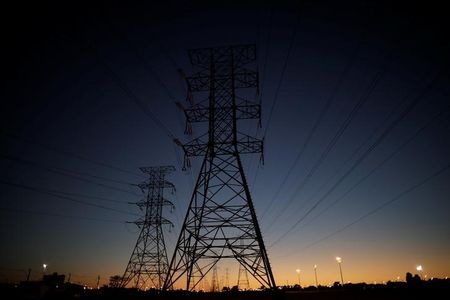
Energy demand in the United States is expected to grow over the next decade, driven by the rise of energy-intensive data centers, particularly those that support generative artificial intelligence.
This expected growth represents a potential tailwind for the utility sector. However, significant risks remain, tempering enthusiasm for this development, according to Wells Fargo analysts.
Energy demand growth
In the United States, energy production has been relatively stagnant since 2004, trending consistently around 4,000 terawatt-hours per year.
The projected growth in demand, which is expected to reach an annual increase of between 2.0% and 2.5% until 2030, marks a significant increase compared to the previous two decades, which had recorded a compound annual growth of less than 0.5%.
This increase is largely attributed to the expansion of data centers needed for generative AI. Significant investments by tech giants in these data centers provide a level of confidence in near-term demand growth. This surge in demand is expected to benefit utilities through increased power generation needs and subsequent infrastructure investments.
Risks for the Utilities Sector
Despite the positive outlook for energy demand, several risks could impact the utilities sector:
Request duration: There is skepticism about the long-term sustainability of this demand. The monetization potential of generative AI remains uncertain, which could impact the continued need for large-scale data centers.
Regulatory and tariff risks: Utilities and their regulators have been proactive in designing tariff rates to protect other categories of customers from bearing the costs of new infrastructure. However, regulatory changes and policy shifts could introduce uncertainties that could impact utility financial stability and planning.
Infrastructure costs: While there are benefits to building data centers in the short term, there is a risk that if demand declines, utilities may find themselves with underutilized infrastructure, resulting in inefficiencies and financial difficulties.
Market conditions: Broader economic and market conditions also play a crucial role. Factors such as inflation, interest rates, and technological advances could affect overall demand and operating costs for utilities.
The projected growth in U.S. energy demand presents an opportunity for the utility sector, driven primarily by the expansion of data centers for generative AI. However, the sector must navigate significant risks, including demand sustainability, regulatory challenges, and potential infrastructure inefficiencies.





